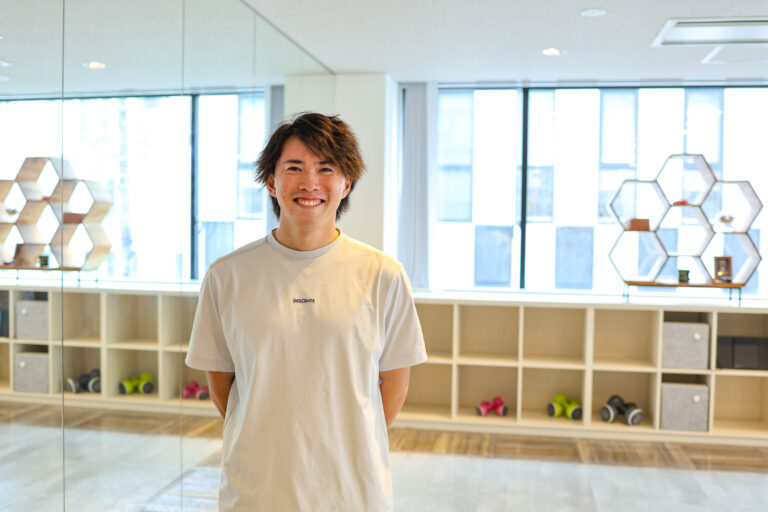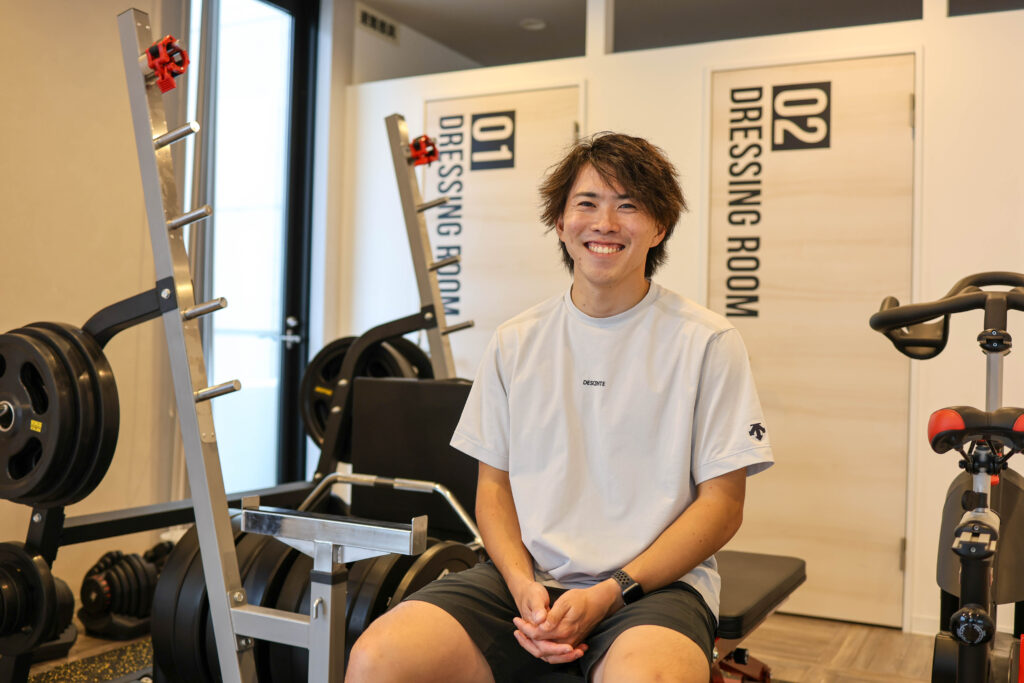Takaya Kataoka has served three consecutive terms as a National Demonstrator for the Ski Association of Japan. These elite instructors, who possess top-level skills in skiing or snowboarding, are selected every two years based on competition results and other criteria. Only 30 individuals (20 men and 10 women) are chosen nationwide. Mr. Kataoka shared his journey to this prestigious role and his goals for the future.
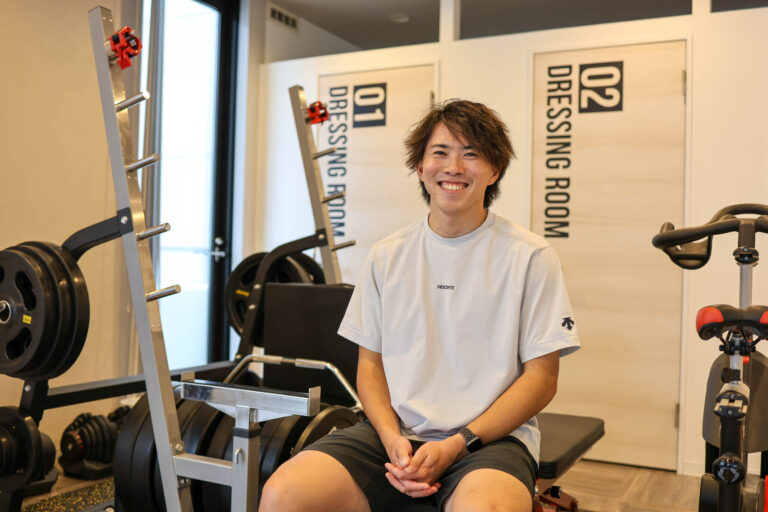
Takaya Kataoka
National Demonstrator for the Ski Association of Japan / Instructor for the Asari ski school
Graduated from School of Engineering
Born in Hokkaido. Graduated from the Hokkaido University School of Engineering in 2019. Selected as a National Demonstrator by the Ski Association of Japan in 2021.— the youngest ever at the time — and has since served in that role for three consecutive terms. Based at the Asari Ski School, he travels to various regions to provide ski instruction and actively organizes training events, engaging in a wide range of ski-related activities.
What was your childhood like?
Until junior high school, I was enthusiastic about baseball. My parents were certified ski instructors, so I was skiing from a young age, but it was just one of many ways to play. In winter, the Asarigawa Onsen Ski Resort in my hometown was my playground.
When did you start skiing seriously?
It all started in high school. I began to feel that aiming high in baseball would be difficult, and I wanted to try a sport that I could continue long-term and that might give me a chance to compete at the national level. I thought skiing could be that sport. So, during high school, I joined a local ski club and began skiing seriously.
What led you to Hokkaido University?
I chose my university with the intention of continuing skiing. My criteria were simple: it had to be somewhere with snow. I considered places like Nagano and Niigata, as well as Hokkaido. Ever since I had visited Hokkaido University when I was in high school, it had been my dream campus. After enrolling, I joined the alpine ski team to hone my skills. When choosing a department, I prioritized finding one that would allow me to balance academics with skiing — I focused more on the number of classes than on specific research topics (laughs).
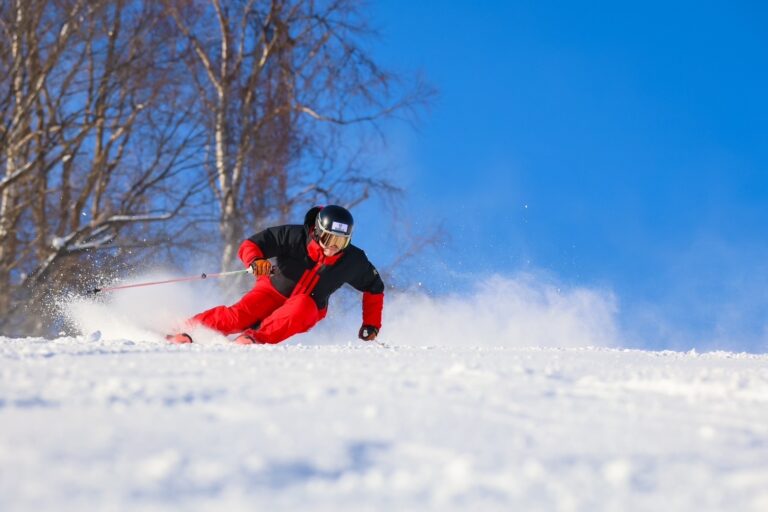
When did you decide to pursue skiing as a career?
At first, I vaguely imagined working as a public servant and skiing on weekends. However, if I wanted to compete in tournaments, I’d need to take a week off every March. I realized that taking that much time off at the end of the fiscal year wasn’t realistic (laughs). By the winter of my third year, when job hunting began, I had firmly decided to pursue skiing professionally.
What was it like when you actually started working in skiing?
In my first year, I worked at the Asarigawa Onsen Ski Resort. In summer, I was a golf course staff member; in winter, I taught lessons at the ski school. My goal was to become a National Demonstrator — the highest level for ski instructors. To achieve that, performance in the All-Japan Ski Technical Championships and the demonstrator selection trials is crucial. However, the pandemic led to the cancellation of competitions, and to make matters worse, I injured my knee and had to undergo surgery. With no tournaments, limited mobility due to injury, and no income, I felt completely stuck. My resolve to make a living through skiing was shaken.
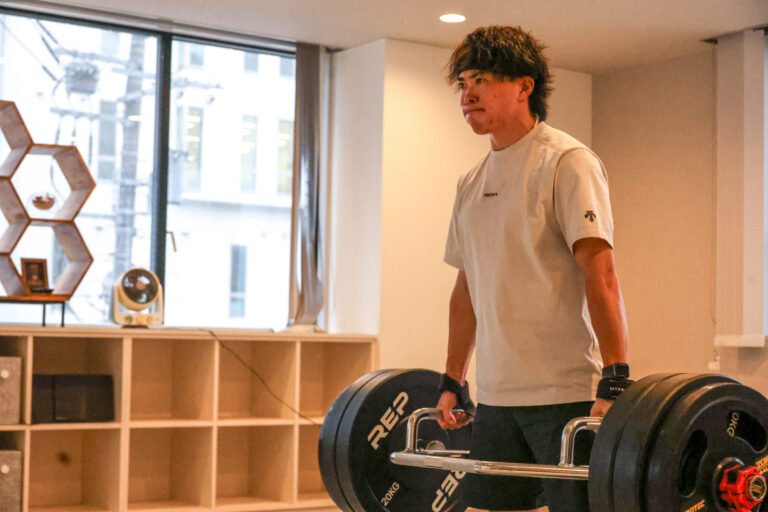
How did you overcome such a difficult situation?
Support from those around me and steady rehabilitation helped me through. A coach who had supported me since high school introduced me to a part-time job, which helped me get by. Gradual recovery through rehab became my emotional anchor. Looking back, even if the tournament had been held, I wouldn’t have been able to perform at my best due to the injury. So in hindsight, it was actually good that I could focus on treatment. I couldn’t see it that way at the time, but sometimes clarity comes later. In the second winter, the tournament was held, and I was selected as a National Demonstrator.
What does your annual schedule look like?
My base is the Asari Ski School in Otaru, but I travel to various regions to teach skiing. In the off-season, I attend ski equipment exhibitions across Japan, serving as a promotional figure for new models. I also engage in year-round fitness events, where I share the benefits of training based on my injury experience. I’ve also launched my own ski club, and over the past two to three years, I’ve been able to make a living through ski-related activities.
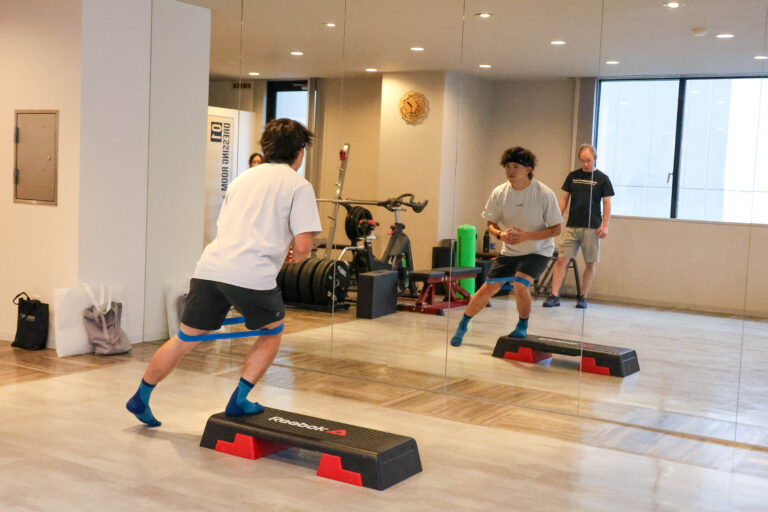
Could you please share your goals for the future?
My immediate goal is to attend the Interski Congress, an international conference for ski instructors. Only ten National Demonstrators are selected to participate. I attended for the first time in 2023, but I couldn’t contribute much and felt frustrated. Next time, I want to take on a central role as a representative of Japan — and eventually, I hope to lead the Japanese team.
Do you have a message for students at Hokkaido University?
I love the process of gaining new skills. I want children to keep trying and turn “I can’t” into “I can.” And I hope adults won’t assume they can’t do something — I want them to challenge themselves. I hope to support that kind of growth through skiing. University students are at a stage where they can push their physical limits. Whether in research or extracurricular activities, don’t build walls around yourself. If something catches your interest, give it a try — and enjoy the process of expanding what you’re capable of.
